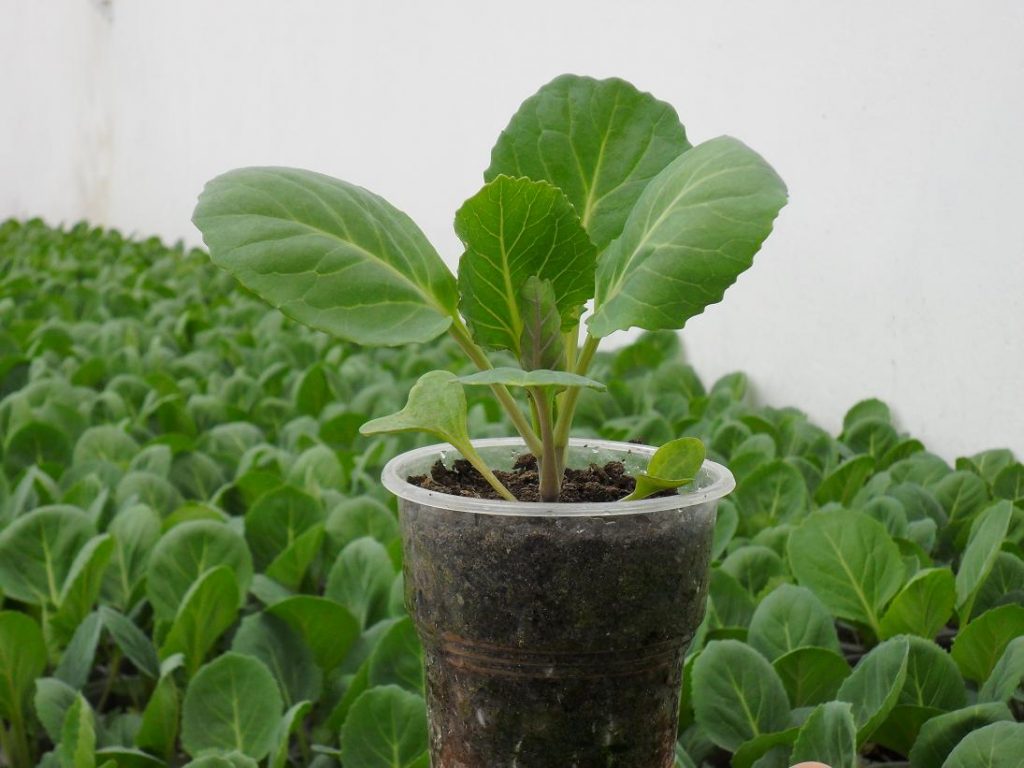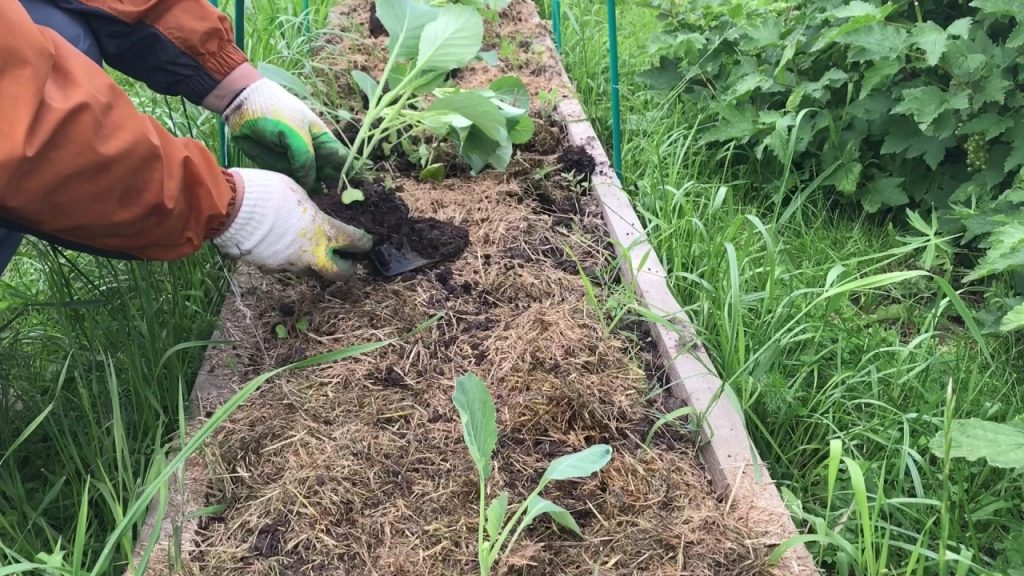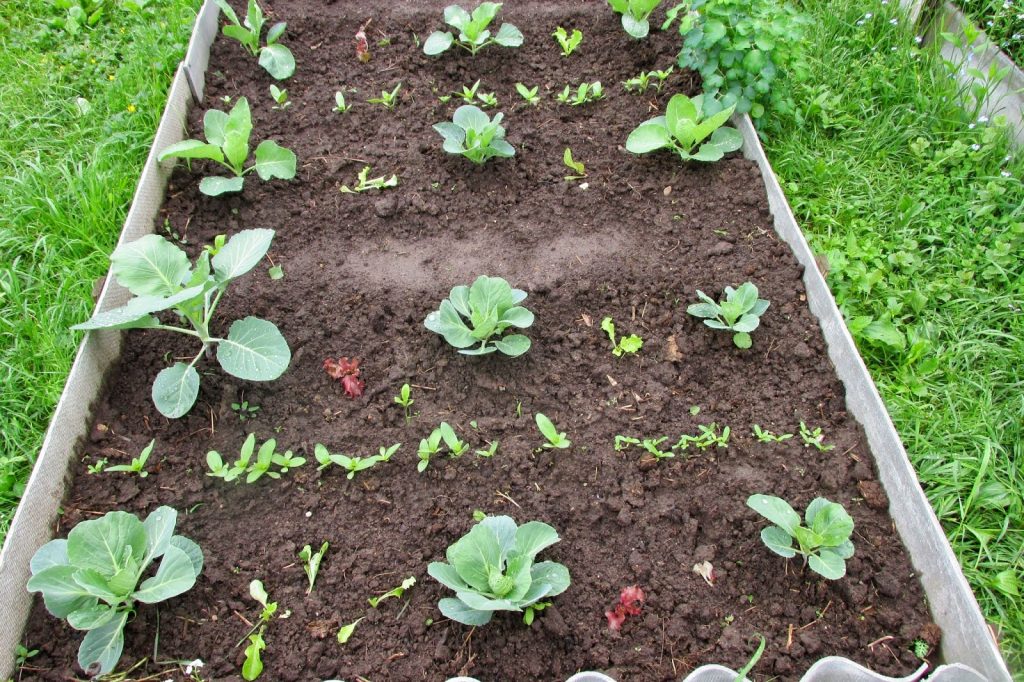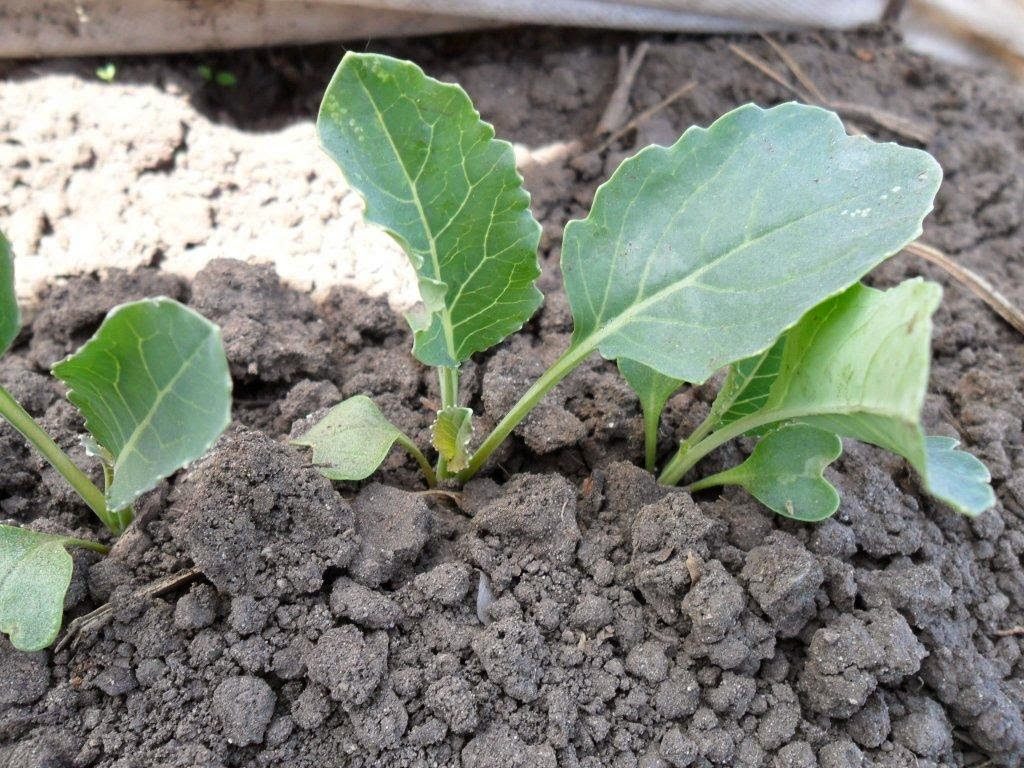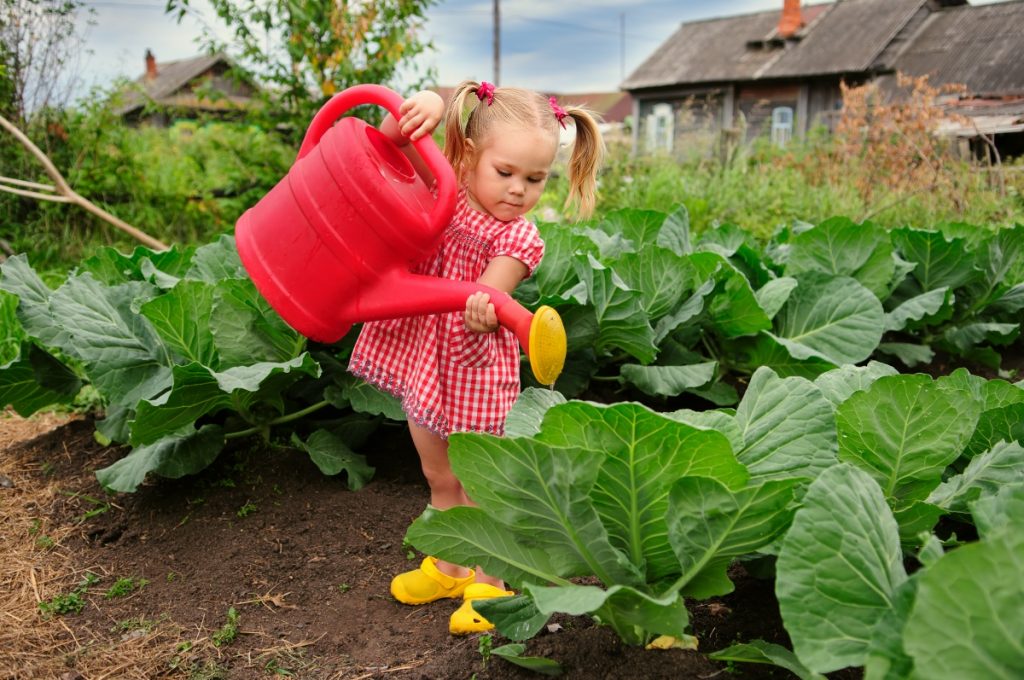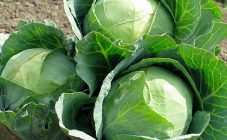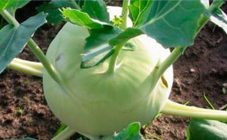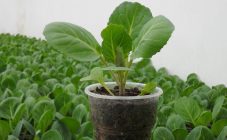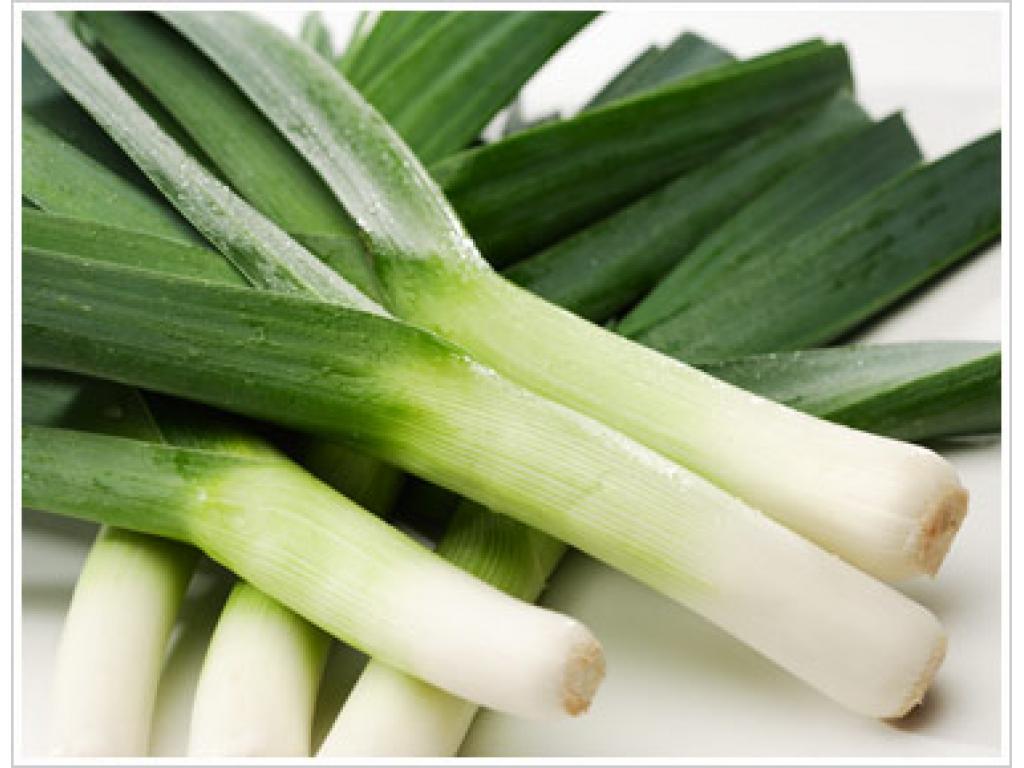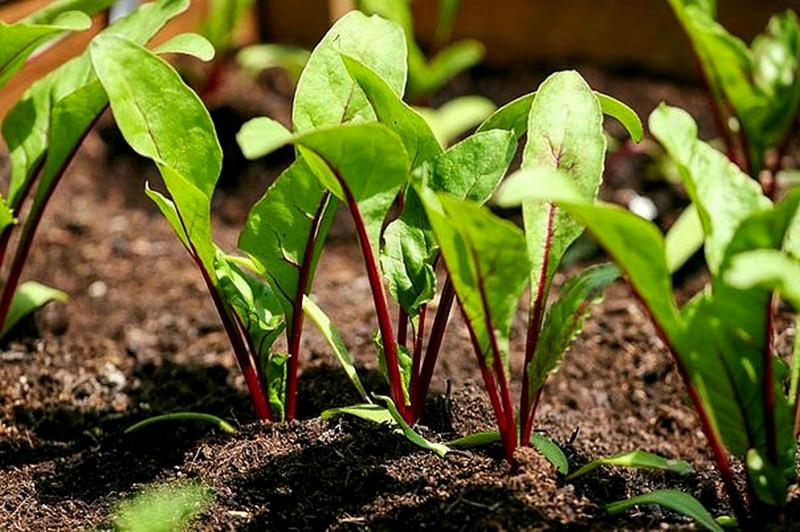Content:
Cabbage is one of the most popular vegetables, which began to be grown in Russia back in the 10th century. Most often, white cabbage is eaten, although there are other varieties: Brussels sprouts, cauliflower, Savoy, Peking, broccoli. The vegetable is rich in various vitamins: P, C, B1 and B2, K, PP. To obtain a large harvest, special attention should be paid to seedlings. Understanding when cabbage is sown is important for both beginners and experienced agricultural technicians.
Conditions for growing cabbage
It is important to observe the timing of planting cabbage for the proper development of the plant and a harvest. Indicators such as light, temperature, moisture and soil composition cannot be ignored.
- Shine. The harvest is influenced not only by the sowing time of cabbage, but also by light, which is one of the sources of energy. Plant development is impossible without light. Culture has a capricious attitude towards him. This applies to both solar and artificial lighting. In its absence or shortage at the seedling stage, the plant will stretch out, immunity will decrease, the leaves will be small, if at all. Cabbage grows not only during the day but also at night. The rapid growth of the vegetable crop is seen on long summer days, since it is during this period that the amount of light is maximized.
- Temperature. Its development is practically not affected by low temperatures. But this does not mean that the culture does not react to it at all. High temperatures (above +25) are more likely to injure the plant. With excessive exposure to heat, the heads of cabbage crack, the leaves become smaller and fall off, the tissues become unnecessarily thick. It should be borne in mind that different varieties of cabbage have different resistance to temperature changes.
- Moisture. Due to the morphological characteristics of the culture, it needs a large amount of moisture. After all, her roots are located very shallow. Excessive moisture can also harm, which is why it is so important to keep the middle ground. The plant's relation to moisture is influenced by climatic and weather conditions.
- The soil. It is not easy to deal with cabbage, because the plant is demanding in relation to fertility. Rapid growth will provide a high humus content. The land must be well fed. Medium-cultivated soil in the autumn-spring period needs fertilization. An excellent harvest of late-ripening varieties is guaranteed on floodplain and peaty soils saturated with nitrogen.
It is important to fertilize the plants during the growing season. Humus is well suited as an organic top dressing.
Observing all the rules of agricultural technology, it is not difficult to get a high-quality crop.
When and how you can plant cabbage
The question of when to sow cabbage is asked by many gardeners. Planting timing and growth depend on various factors: variety, climatic zone and not only. Among the main varieties, it is worth paying attention to early ripening, mid-ripening and late-ripening varieties. Calculating when you can plant cabbage is easy on your own. It is necessary to determine the date of planting the plant in the ground, before this period 2-3 months should pass. Seedlings are sown about 60 days before planting in the ground. In this case, one cannot ignore the selected variety.
Approximate landing dates:
- after March 10, sow early types of cabbage;
- after April 10 - mid-season;
- after March 15 - late;
- from March 15 (with an interval of 12-15 days) broccoli, kohlrabi and cauliflower are sown;
- after April 15, seeds of Brussels sprouts are planted;
- after April 20, the Savoyard variety must be sown.
It is important to properly prepare vegetable seeds before planting. The following actions will help to increase the viability of seedlings:
- seeds should be bought only in specialized stores;
- choose varieties from different manufacturers;
- be sure to check the expiration date;
- do not use small seeds;
- seeds need preliminary preparation. To do this, use a weak manganese solution, previously kept in the refrigerator for 12 hours.
Having figured out when to sow cabbage, you need to prepare the seeds, before planting they need to be disinfected. They must be soaked in water heated to 50 degrees. After the procedure, the seeds are placed on a saucer and covered with a damp cloth for 12 hours.
It is important to prepare the ground:
- It is better not to use soil from the garden. Sod soil and coarse sand are mixed in equal parts. The mixture is poured with hot water, sieved and wood ash is added (10 tablespoons per 10 liters).
- The seeds are sown in pots or small boxes.
- The soil is thoroughly moistened. Seeds are sown in small grooves spaced 3 centimeters apart.
- The seedling container must be treated with disinfectants.
When to plant winter cabbage
This variety can be sown with seedlings or seeds. When should you plant cabbage? It is better to do this at the beginning of June, in the evening or in cloudy weather. When caring for a variety, it is necessary to loosen individual areas between the rows, regularly feed the plants, irrigate, treat pests and cabbage diseases.
During the growing season, it is necessary to cultivate the soil 2-3 times, its depth should be at least 8-10 cm.
When and how to plant cabbage
The answer to the question of when to plant winter cabbage depends not only on the variety, but also on the climate. The term is calculated depending on many factors: the climatic zone of cultivation, the method of planting, the expected collection period.
Perm region
When can you plant cabbage in the Perm region? The optimal period will be the beginning of May. The plant is planted in open ground with the arrival of warm days, the soil should warm up, and the constant daytime outside temperature should not be lower than 8-10 degrees Celsius. In order to avoid mistakes, it is necessary to pay attention to the selected variety and the recommendations of the manufacturers.
It is worth considering:
- the landing site must be at a certain elevation;
- the vegetable should be planted after the following plants: potatoes, tomatoes, onions, peppers, eggplants, peas, beans, carrots, pumpkin crops;
- neighborhood has a big impact. Do not plant a crop near carrots, radishes, caraway seeds, turnips, parsnips. The close location of marigolds, calendula, tansy, nasturtium, chamomile will be favorable;
- illumination. Lack of light leads to low yields.
Transbaikalia
All varieties of cabbage are suitable for Transbaikalia. It is better to start planting seedlings from the end of April. Sowing seeds is recommended in late March - early April. This applies to mid- and late-ripening varieties. In other cases, the seeds are placed in the ground in late May - early June. In this case, it is necessary to prepare the holes in advance.
Care recommendations are no different from the Perm Territory.
Middle zone of Russia
When can you plant cabbage in central Russia? Planting a plant in this climatic zone has its own characteristics that cannot be ignored:
- All types of cabbage are best planted as seedlings.
- Study the characteristics of the variety. Late species are very popular.
- When to plant cabbage in May? If we are talking about mid-season varieties, it is recommended to do this in the first days. To obtain healthy seedlings, greenhouses or warm greenhouses with biofuel are used.
- Planting in open ground is carried out in the first ten days of June, after the threat of the return of frosts leaves. Do it after rain or late in the evening. It will not hurt to sprinkle the seedlings with wood ash, which will protect them from pests. Water the culture abundantly, there should be no lack of moisture.
- They sprinkle the soil around the plants in about a month, when the first heads of cabbage are just beginning to set.
- During the period of autumn frosts, it is recommended to remove the lower leaves of the cabbage, then the strength of the plant will go to the formation of heads.
- The crop is harvested after the sowing season, around late October-early November.
When to transplant cabbage
Cabbage is transplanted into open ground in the morning or in the evening to prevent direct sunlight. What's the best weather? Foggy, cloudy, or slightly rainy weather is an excellent option. It is necessary to make holes in the ground and pour a liter of water into each.
As a rule, seedlings are planted in a permanent place when they reach 40-60 days. She should have 2 sheets. Sometimes 3-4 sheets are allowed, but only as a last resort. Late transplantation into soil threatens developmental delay.
The cabbage should be removed from the container carefully, along with a small amount of soil. The soil around the stem must be compacted. Then the bed is thoroughly watered. Water consumption is from 3 to 5 liters per 1 m2.
From direct sunlight, the plant must be shaded; old newspapers or other covering material are suitable for this. Cabbage needs daily watering and loosening of the soil.
Before planting a plant in open ground, the following procedures must be carried out:
- 7 days before moving to the garden, stop watering, but water abundantly 2 hours before the process;
- harden the plant about half a month before planting. To do this, it is taken out into the open air at above-zero temperatures up to 5-6 degrees. The approximate duration of exposure to the sun is 15-20 minutes;
- the planting period depends on many factors: plant species, climatic region, weather conditions;
- the distance between the rows should be between 35 and 50 centimeters. It is not necessary to plant too densely, the plant loves light.
The timing of cabbage shoots
The ripening period of early ripening varieties is 80-110 days, the plant is planted in open ground from early April to early May.
- Early and hybrid varieties mature for 115-125 days.
- Mid-season plants mature from 126 to 135 days.
Duration of maturation of late varieties reaches 145-170 days.
It is important not only to figure out when to plant cabbage, but also to properly care for it.
Further care
Caring for cabbage seedlings after being placed in the garden includes:
- watering, which should be regular;
- fertilizer;
- pest control.
Cabbage is a plant that loves moisture. The frequency of watering in hot weather should be at least 1 time in 2 days, on cloudy days - 5 days. After watering, the soil around the bush is loosened. This must be done so that a crust does not form, which will prevent the penetration of air to the roots of the plant. The seedlings are spud about 3 weeks after transplanting, a week later the culture is spilled one more time.
The seedlings need feeding, which is easy to do on your own. Nitrogen fertilizers are applied 2 weeks after planting. For their preparation, it is necessary to dilute 5 grams of saltpeter in a bucket. There is another recipe - an infusion of droppings in a ratio of 1 to 10.
Root feeding is performed during the period of head formation. It should include phosphorus and potassium. For this, 8 grams of potassium sulfate, 4 grams of urea and 5 grams of double superphosphate are mixed in 10 liters of water. The interval between fertilization should be at least 3 weeks.
It is important to control pests to obtain a high-quality harvest. There are many effective folk remedies for this.They do not contain toxic substances, so they will not harm humans.
- Method 1: dusting with ash, which will protect the seedlings from fleas and slugs.
- Method 2: infusion of onion peels, which will destroy aphids and caterpillars, cabbage.
- Method 3: for spraying cabbage against pests, an infusion from a liter jar of onion husks filled with 2 liters of boiling water will help. The mixture is infused for 48 hours. It must be diluted with 2 liters of water before use. It is recommended to add a small amount of liquid soap to help the solution stay on the leaves.
If you figure out the timing of planting cabbage in the spring, sowing, find out when to sow and how to plant correctly, the harvest will not keep you waiting. With a little effort, you can quickly grow a vegetable, get an environmentally friendly harvest that will delight the whole family. The vegetable can be salted, fermented, kept fresh. Regular proper care and planting of the plant will allow you to get the desired result.
